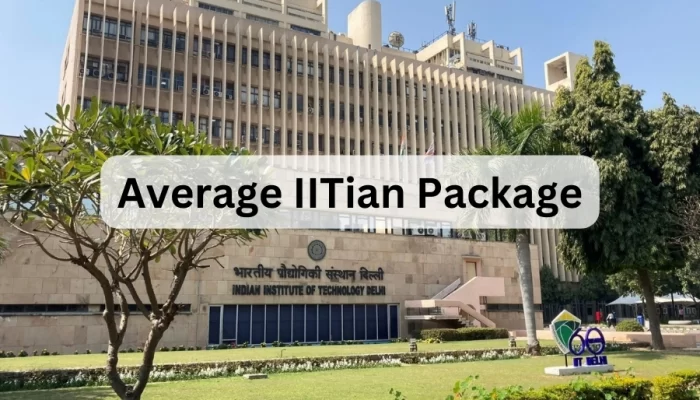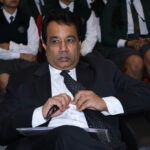Individuals with good multi-skilled abilities are in high demand as Liberal Arts are being progressively revitalized in India. Although the majority of liberal arts colleges in India are still fairly new, they are attracting a wide range of students.

Table of contents
- Introduction to article
- National Education Policy 2020 India
- What is Liberal Arts Education
- Liberal Arts Colleges in India
India has the biggest population of 580 million people in the age group of 5 to 24 years, creating a significant potential for the education industry. Given that it significantly affects economic success, education is a crucial part of the growth and development of every country. India holds a prominent role in the global education system as the education market is projected to be valued US$ 225 billion by 2025, up from an estimated US$ 117 billion in 2020.
Increased employment rates, the creation of startups, and overall economic growth are all goals of India’s expanding and evolving educational system. According to a Financial Express report, India wants to increase its GDP to $5 trillion by 2024–25 and the Indian education and skill system may considerably contribute to this goal.
National Education Policy, 2020
The University Grants Commission announced New Education Policy (NEP 2020), which provided recommendations for enhancing the nation’s educational system. One of the NEP 2020 suggestions for higher education is to establish more multidisciplinary institutions. The plan statement has set a target to increase student enrolment rate and make higher education institutions in the country more diverse by 2030-40. According to the All India Survey on Higher Education (AISHE), the Gross Enrolment Ratio (GER) or the percentage of students in the relevant age cohort admitted to higher education, increased to 27.1% (2019–20) from 26.3% (2018-19).
Higher education’s gross enrollment ratio, which includes professional education courses, is projected to increase from that number to 50% in 2035. The components of NEP-2020 include multidisciplinary education, fluidity in learning and choice, embedding of skills, academic bank of credits and employment, having a significant impact on the progression and development of Indian economy. NEP 2020 documents multidisciplinary and liberal arts education as something that helps students to genuinely develop both the strategic and innovative aspects of themselves.
Also read: Edtech Hybrid Business Model in a Post Pandemic World
What is Liberal Arts Education?
The majority of individuals start college in their late teens or early twenties. These challenging years shape them into people who can give back to society in a multitude of ways. A liberal arts education helps students become independent thinkers, honest communicators, informed citizens and compassionate people. An education in the liberal arts helps students develop into holistic personalities who are prepared to face issues with an open mind, considerate thinking and acknowledged passion.
Whatever one is passionate about ranging from medicine, history, law, art, literature, teaching, engineering, chemistry etc – a liberal arts education helps them grasp how it will affect the world. Higher education at liberal arts colleges is seen as more than merely career preparation. In general, they place a strong emphasis on small class sizes and a curriculum that emphasizes on arts, humanities, social sciences and natural sciences while valuing critical analysis, strong analytical reasoning, quantitative and writing abilities.
Individuals with good multi-skilled abilities are in high demand as Liberal Arts are being progressively revitalized in India. Although the majority of liberal arts colleges in India are still fairly new, they are attracting a wide range of students.
Liberal Arts Colleges in India
- Ashoka University, Haryana founded by Vineet Gupta in 2014, is one of the prominent liberal arts colleges in India that offers students with a degree in liberal studies. Ashoka University offers a highly multidisciplinary liberal arts programme that includes study in the social sciences, humanities, natural sciences and behavioural sciences. The university allows students to select from 21 majors and 18 minors, with two co-curricular courses required.
- Christ University, Bangalore founded by St Kuriakose Elias Chavara in 1969 as Christ College, provides a BA in liberal arts that is an interdisciplinary curriculum that draws on the knowledge of the faculties of historical studies, arts, business and industries, cultural studies, media studies, psychology, global economics, law, and political science.
- Symbiosis International, Pune, founded by S. B. Mujumdar in 1971, provides applicants a four-year full-time B.A (Liberal Arts) degree and B.Sc (Liberal Arts) degree programme with an emphasis on civic-mindedness, research, analysis, and writing.
- The OP Jindal Global University in Sonipat was founded by Mr. Naveen Jindal in 2009 and provides students with a wide range of programmes and courses, including those in art and architecture, international relations, finance and banking, government and public policy and more. It provides admission for a three-year degree in Liberal Arts and Humanities with 11 specialization choices.
- Plaksha University, Mohali, founded by Vineet Gupta & Pranav Gupta in 2021, is one of the liberal art colleges in India with a focus on interdisciplinary technological curricula that combine liberal arts and design with experiential learning and self-development. With a concentration on multidisciplinary and cutting-edge technology majors, design, liberal arts, and entrepreneurship, as well as self- and leadership development for making a difference, Plaksha guarantees that its alumni are prepared for the future.
- Shiv Nadar University, Delhi NCR which was founded by Shiv Nadar in 2011, offers undergraduate, postgraduate and doctorate degrees in the liberal arts. It provides courses in English, Communications, Sociology, Art, Design & Performing Arts, Economics, History, International Relations, Education, and offers a wide array of options for students looking to pursue Liberal Arts in a specialized manner.
Also read: Vineet Gupta of Plaksha University : Innovation in Technology Education









